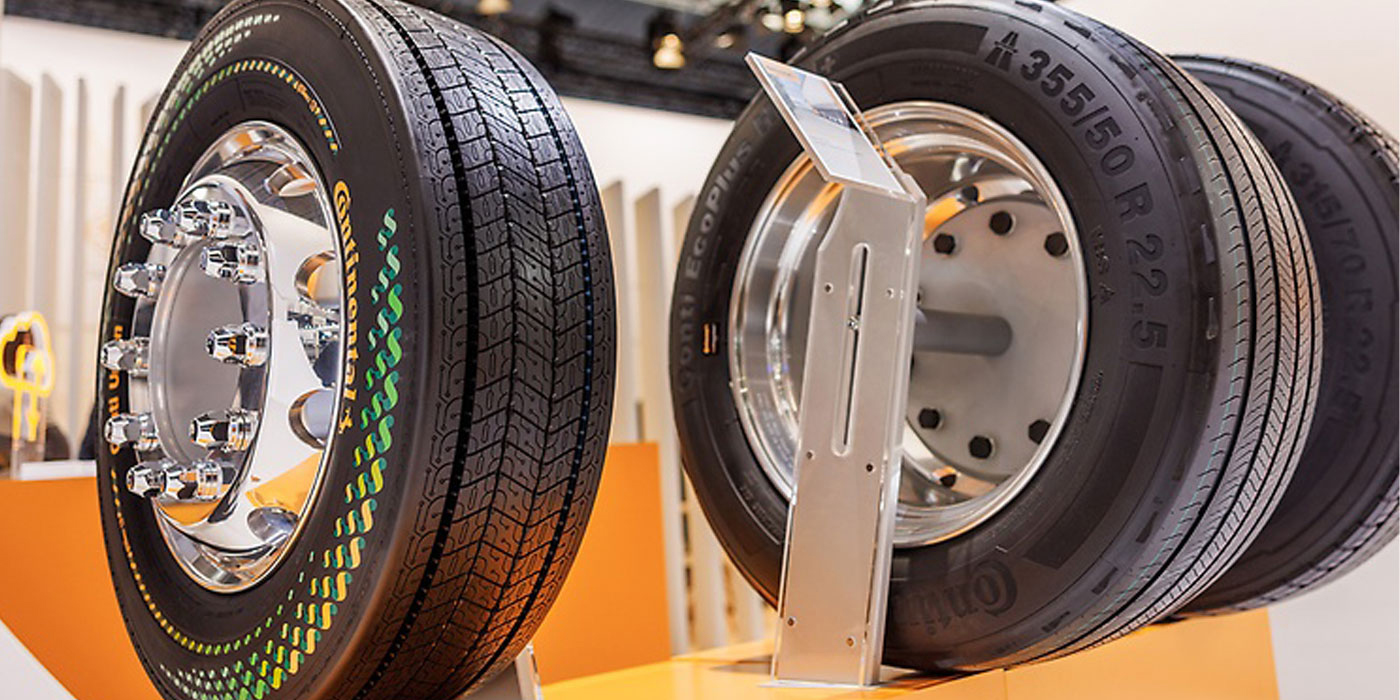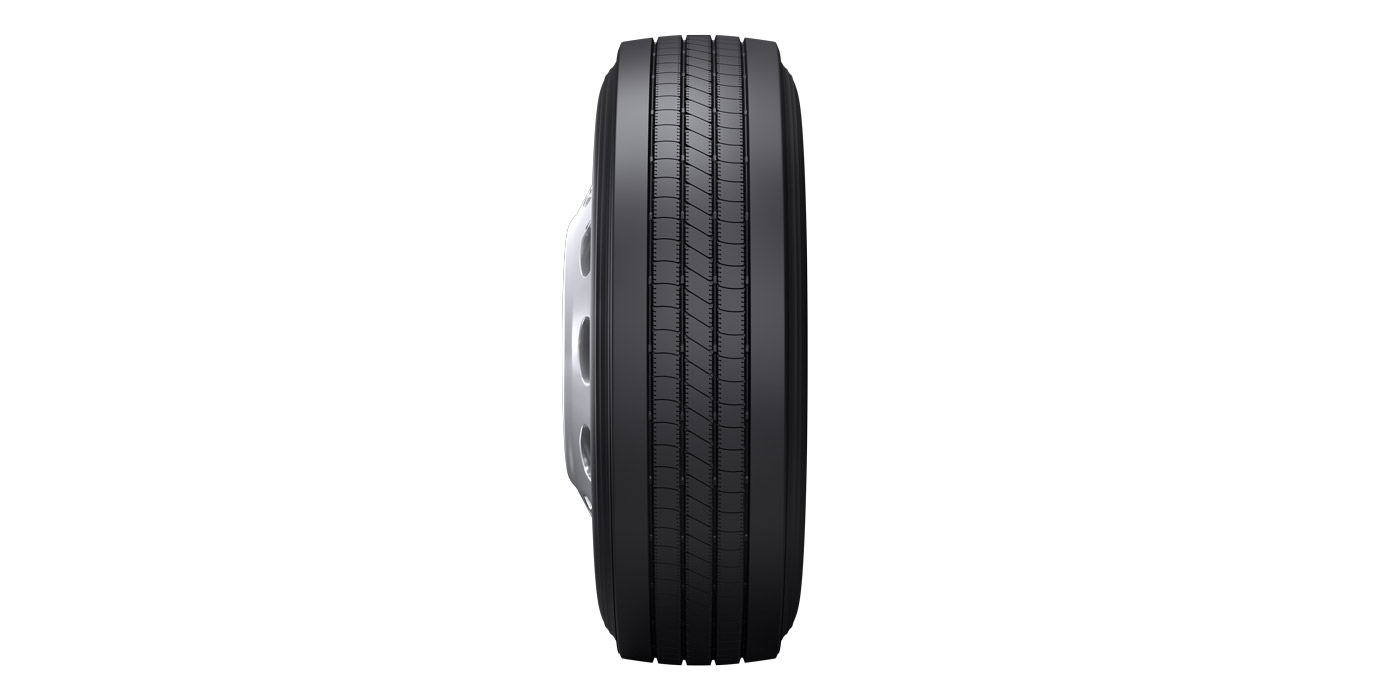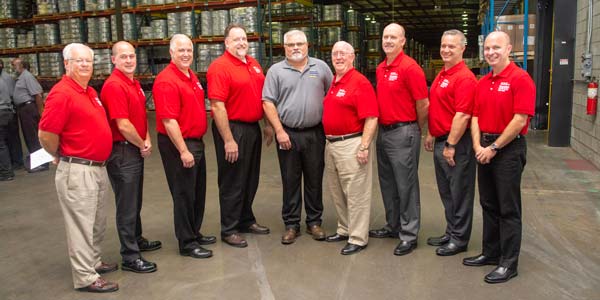With more than 85% of commercial fleets retreading their truck tires multiple times and a typical retread costing approximately one-third to one-half the price of a new tire when you supply your own casing, it is obviously in a fleet’s best bottom line interest to maximize the number of retreads for each and every tire casing. The casing is clearly a valuable asset.
Today’s retreads are produced to exacting standards with state of the art equipment. Retread manufacturers utilize different technology and processes in producing a retread. From a fleet perspective, it is important to understand the various retread processes and how they affect the final product when it is time to make your retread tire purchases.
There are three excellent sources of information on retreads:
• Tire Retread & Repair Information Bureau (TRIB) (www.retread.org)
• Retread Tire Association (RTA) (www.retreadtire.org)
• TMC RP 224 (www.truckline.com/Technology_Council.aspx)
When a tire casing reaches the retread plant, the inspection process is the first step in what can be broken down into seven distinct stages. A pair of keen eyes, a tire spreader and a well-lit area is required for stage one. In addition to a visual inspection of the tire, many retreaders use high-tech, non-destructive inspection machines: electronics and/or ultrasonics look for nails, nail holes, rubber voids and other anomalies; shearography machines look for trapped air and separations using laser imaging; X-ray machines identify steel wire issues; high-voltage electronic inspection devices scan the casing for punctures; and high-pressure testers inflate the tire and look for bulges in the sidewall and shoulder.
Stages two and three involve buffing the remaining tread away from the casing and then repairing any damages. These casing damages can result from nail penetrations through the tread area, impact damage, cuts and stone drilling. The actual tread buffing process involves inflating the tire to its typical operating shape. The tire is then rotated against a spinning rasp, which removes the required amount of rubber in preparation for the new tread.
The fourth stage is after-buff preparation; this involves a re-inspection of the buffed casing and cleaning out any injuries that were discovered during buffing. The most common type of injury is what retreaders call a “buzz-out.” Damaged rubber is repaired by cleaning out the injury and filling any void with uncured rubber.
In stage five, tread is applied to the buffed and repaired casing. The two basic types of retreads are pre-cure and mold cure. Pre-cured rubber is supplied with the tread design already cured into it. Mold cure involves extruding uncured rubber strips directly onto the buffed tread area and then curing the tire in a mold.
Stage six is the actual curing process. Pre-cured retreads are cured in a chamber under various temperature and pressure conditions. There are various sizes of curing chambers that can handle as many as 25 tires at the same time. In the mold cure process, one mold will cure one retread.
Final Inspection of the finished product is the last stage. It is important that the hot tire is inspected after curing. Flaws in the liner, casing and repairs are clearly visible when the tire is hot. If the tire meets all the standards, the retread DOT number is branded into the tire sidewall to complete the process.
The best advice for every fleet when it comes to choosing your retread supplier is to visit their retread and tire repair facilities and see first hand the process involved with retreading your valuable casings.













